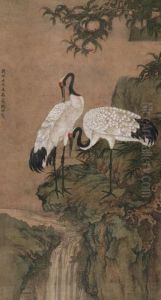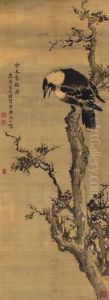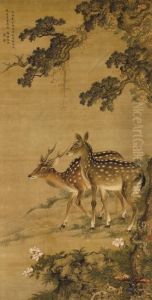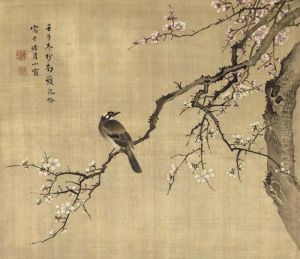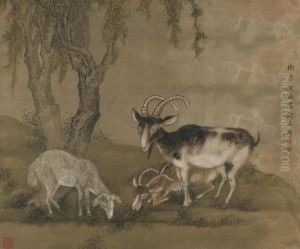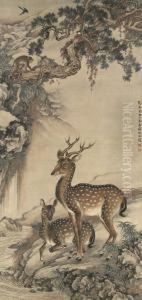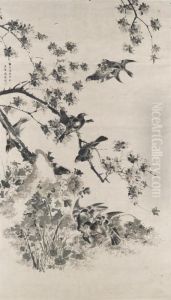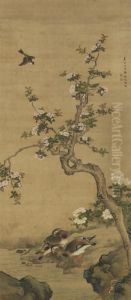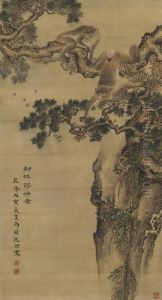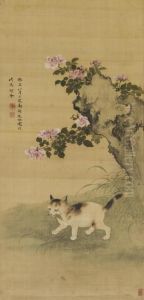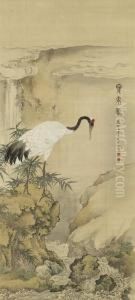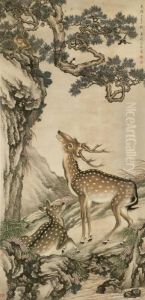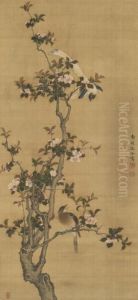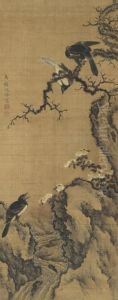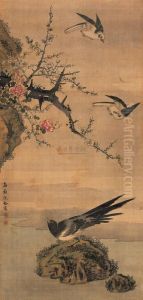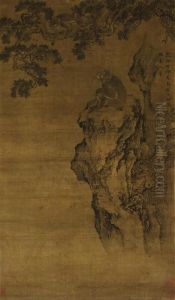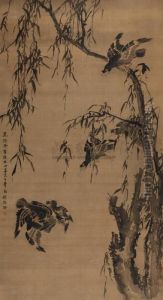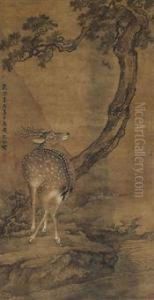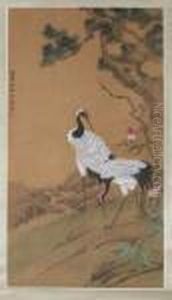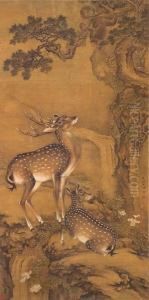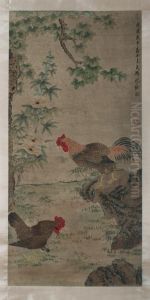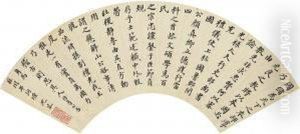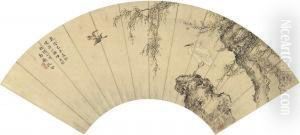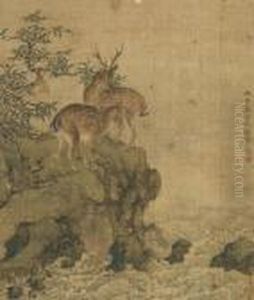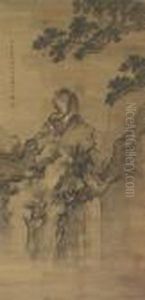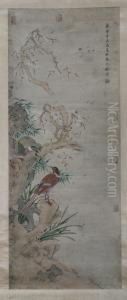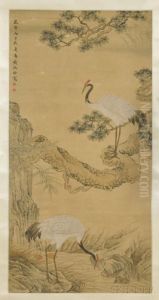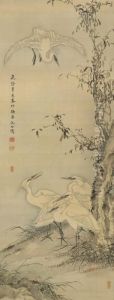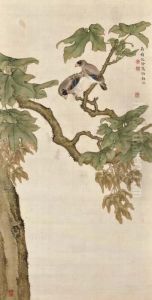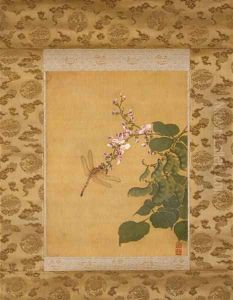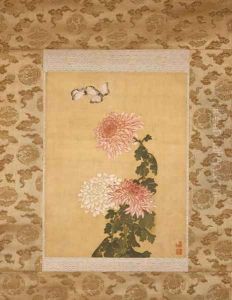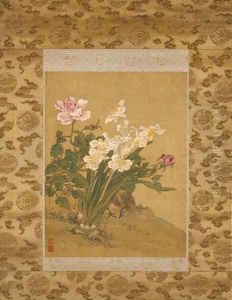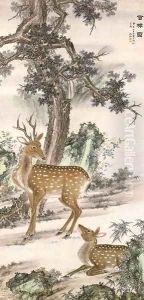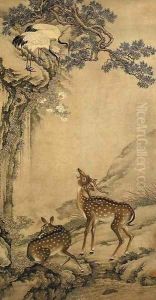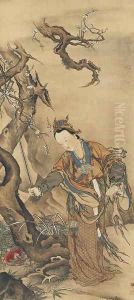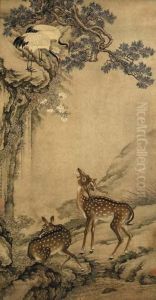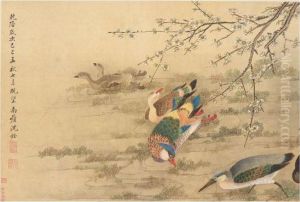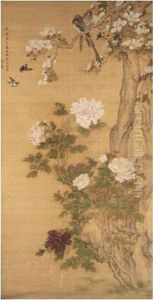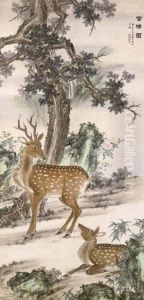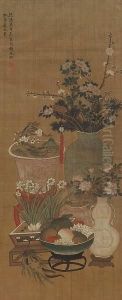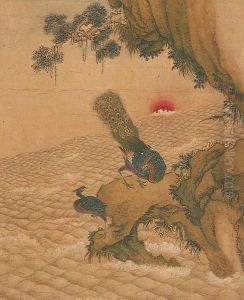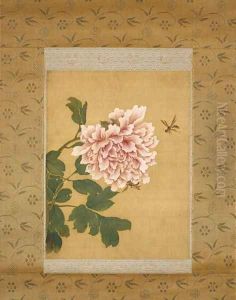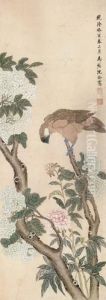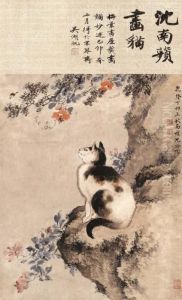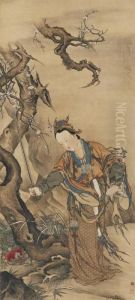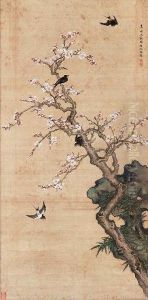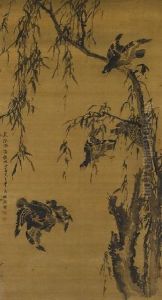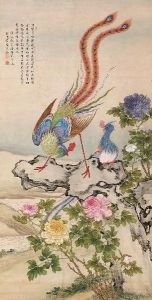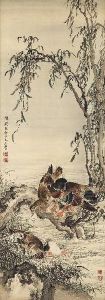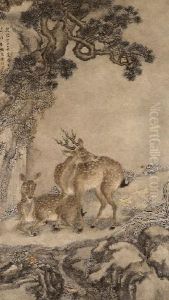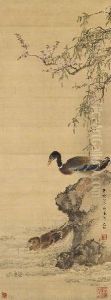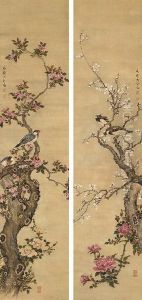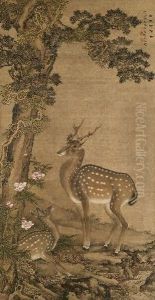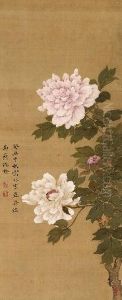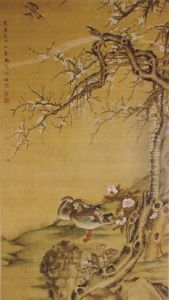Shen Quan Paintings
Shen Quan (1682–1760), also known as Nanpin, was a Chinese painter during the Qing Dynasty. He was born in Ningbo, Zhejiang Province, and was known for his detailed and realistic paintings of animals, flowers, and landscapes. Shen Quan is particularly celebrated for his contribution to the 'Nanjing School' of painting and for the influence he had on Japanese painting during his stay in Nagasaki.
Shen Quan's painting style was distinctive for its combination of traditional Chinese techniques with novel elements that appealed to a broad audience, including foreign dignitaries and traders. This unique approach made him a prominent figure in cultural exchanges between China and Japan. During his time in Nagasaki, where he stayed from 1731 to 1733, Shen Quan taught painting to a number of Japanese disciples, who carried his techniques and styles back into their own work, significantly impacting the development of the Nagasaki school of painting, also known as 'Nanpin School'.
His works are characterized by vivid colors and a meticulous attention to detail, which can be seen in his depictions of birds, insects, and plants. Shen Quan's influence extended beyond his own era, and his style continued to be popular and imitated by Japanese painters throughout the 18th and early 19th centuries.
Although Shen Quan returned to China in 1733, his legacy in Japan persisted, and his paintings continued to be highly valued by Japanese collectors. In China, he contributed to the painting traditions of his homeland while also integrating techniques and visual elements encountered during his travels. His body of work includes a variety of subjects, and he is particularly noted for his 'Flowers and Birds' paintings.
Shen Quan died in 1760, leaving behind a rich legacy in the form of paintings that are still admired for their beauty and historical significance. His influence on the cross-cultural artistic exchanges between China and Japan marks him as an important figure in the history of East Asian art.
